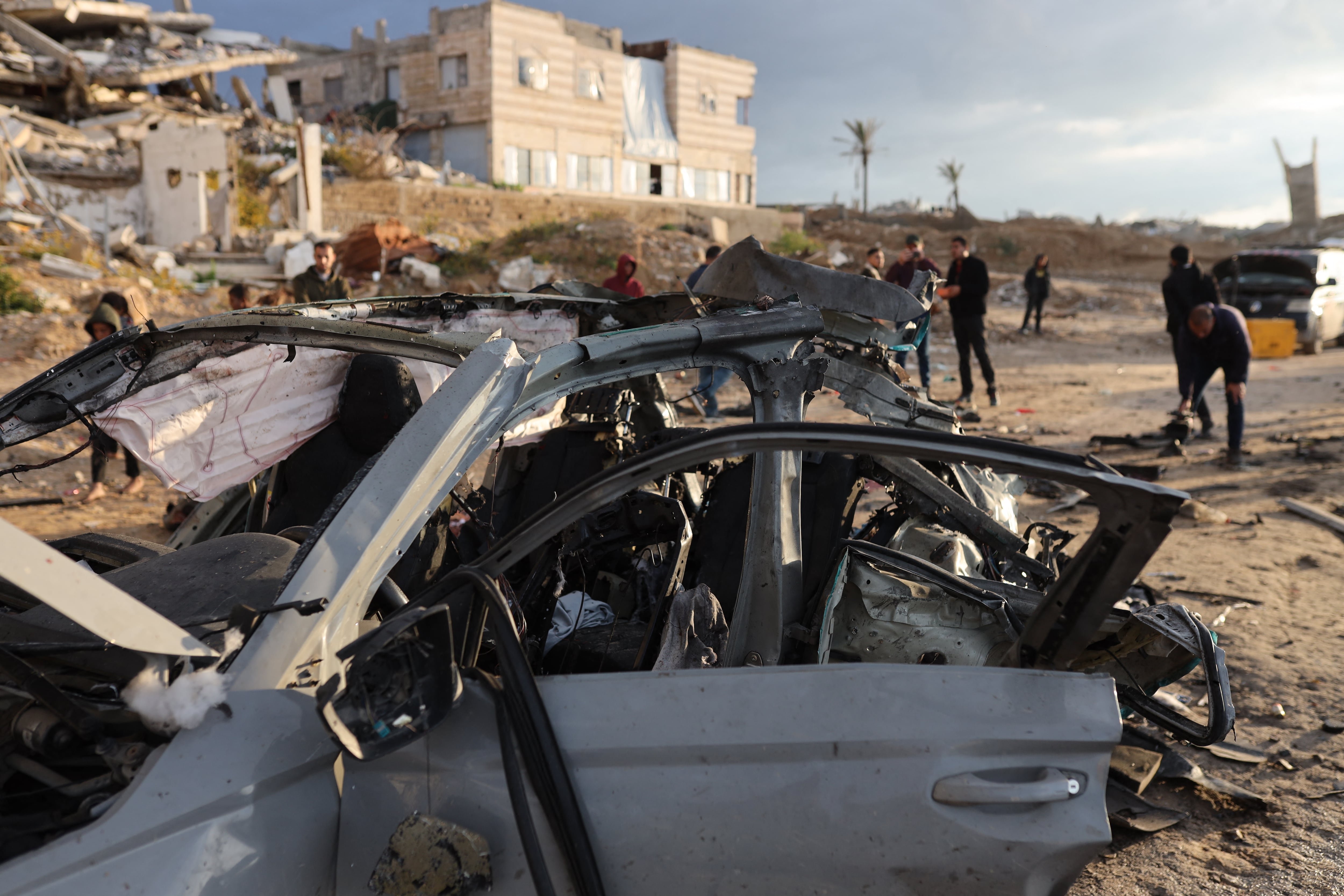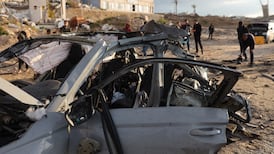The United States air force on Wednesday carried out its third operation against Yemen this week by destroying two Houthi missiles primed to target cargo ships in the Red Sea.
“US forces identified the missiles in Houthi-controlled areas of Yemen and determined that they presented an imminent threat to merchant vessels and the US Navy ships in the region,” the US military’s Central Command stated, calling the action “self-defence”.
Since January 11th, the US has struck 91 targets, including launch sites, missiles, drones and intelligence and radar installations in response to attacks by the Houthi militia on shipping. The Houthis have vowed to continue these strikes until Israel ends its war on Gaza. About 12 per cent of east-west global shipping transits the Red Sea to cross through the Suez Canal into the Mediterranean. At least 20 per cent of ships have rerouted around the tip of Africa, extending delivery time by 10-14 days and raising costs.
The US has been backed by Britain, the Netherlands, Australia and Bahrain, but Saudi Arabia and the Emirates have refused to endorse the US intervention. Commentators say many Arabs believe the US supports Israel’s refusal to cease fire in Gaza.
READ MORE
The Saudis and Emiratis have warned against widening the Hamas-Israel conflict by involving the sensitive Gulf region. After reconciling with Tehran last year, the Saudis and Emiratis want to avoid drawing the Houthis’ ally, Iran, into risky Red Sea strikes and counterstrikes.
[ Why is Iran the common link in so many conflicts, from Gaza to Pakistan?Opens in new window ]
The Red Sea clashes, which have expanded and escalated the Gaza conflict, have also frozen Houthi-Saudi negotiations on an agreement to end their nearly nine-year war in Yemen, launched after the Houthis ousted the Saudi-sponsored president. Saudi crown prince Mohammed bin Salman is eager to end the war and stabilise the Gulf region while he diversifies the kingdom’s oil-dependent economy and reforms the social system.
The crown prince could, however, seek to exploit the US and British degradation of the Houthi arsenal to gain an advantage in negotiations, although this could torpedo the UN and Omani-mediated efforts to end the Yemen war, which has killed more than 377,000 people, according to the UN.
The US designation of the Houthis as a terrorist organisation is set to come into effect in a month. This has threatened the delivery of humanitarian aid to Yemen since it could bar contacts with the Houthis. The Houthis have responded by ordering all UN personnel from the US and UK to leave within a month. At least 17 million of Yemen’s 33 million people are food insecure and severe deprivation is increasing, particularly in the Houthi-ruled north, where 80 per cent of Yemenis live. The cash-strapped World Food Programme has for six weeks suspended supplies to the north after the Houthis disputed a cut of a third, leaving 9.5 million recipients without benefits.
- Sign up for push alerts and have the best news, analysis and comment delivered directly to your phone
- Find The Irish Times on WhatsApp and stay up to date
- Our In The News podcast is now published daily – Find the latest episode here















